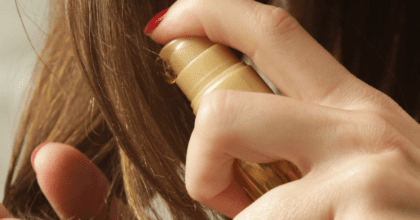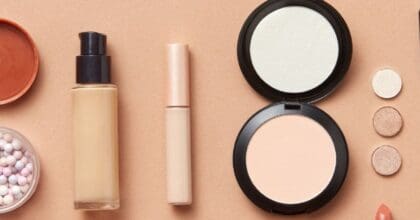No worry lines for European beauty retailers as anti-ageing market lift
Despite Government cuts, employment insecurity, financial worries and inflation, it looks like European women won’t let worry lines and wrinkles settle in. Indeed, latest research from Mintel reveals that, while they may economise on many areas of personal care expenditure, facial skincare is not one of them. In fact, facial skincare was one of the strongest beauty categories of the last year in the Big 5 European countries resisting economic uncertainties to reach a market value of €6.2billion at the end of 2010, up from €6billion in 2009.
Vivienne Rudd, Senior European Beauty Analyst at Mintel, said:
” in the beauty category we believe the masstige sector could be hardest hit as shoppers may be forced to trade down to cheaper alternatives. The luxury end of the market should be less badly affected: its audience will not suffer so much from the austerity drives and the sector generally reported a strong performance in 2010. One hope, though, for the masstige segment is that consumers are simultaneously reining in their spending on salon treatments. Products positioned specifically as salon alternatives could continue to pick up sales as a result. “
Fine lines and wrinkles are the top ageing concerns for consumers throughout the Big 5, cited by more than half (53%) of Spanish consumers, five in ten (48%) in France, and four in ten (46%) consumers in Italy and 44% in the UK. German consumers are most relaxed with just three in ten (33%) worrying about it.
Mintel’s research also shows that image conscious French women splashed €32 per head in 2010 on anti-ageing products, followed by Italians with €17.5 and British women with €15. Germans, in fourth place, spent €11.5, while Spain registered the weakest performance with just below €7 per head.
” anti-ageing is a key sector for the beauty industry, and the segment is set to grow over the next decade, with an ageing population supporting sales. The anti-ageing skincare market is well placed to withstand the economic pressures of the coming years. While per capita spend may dip slightly in 2011, manufacturers will drive their NPD programmes to encourage consumers to keep up their anti-ageing regimes. Launches of premium and luxe products gained momentum in the second half of 2010, and appear set to maintain the pace into 2011. “Vivienne adds.
The beauty industry has been quick to respond with product innovation designed to maintain sales and retain consumer interest. The resulting market changes have created a wave of NPD with anti-ageing claims, which accounted for just over 40% of all European face and neck care launches in 2010. Among new face and neck care product launches, 48% of French products had a specific anti-ageing claim, with the UK not far behind with 44%. Germany and Spain came next with 31% and 30% respectively, followed by Italy with 17%.
And when it comes to looking good on a global scale, Europe is the leading region with a wave of NPD which accounted for just over half of all launches in 2010 among the three leading anti-ageing facial skincare markets. Asia followed with 27%, with North America in third place with an 18% share.
-
Mintel StoreGet smart fast with our exclusive market research reports, delivering the latest data, innovation, trends and strategic recommendations....View reports
-
Mintel LeapMintel Leap is a revolutionary new AI-powered platform that will transform your research process....Book a demo







































